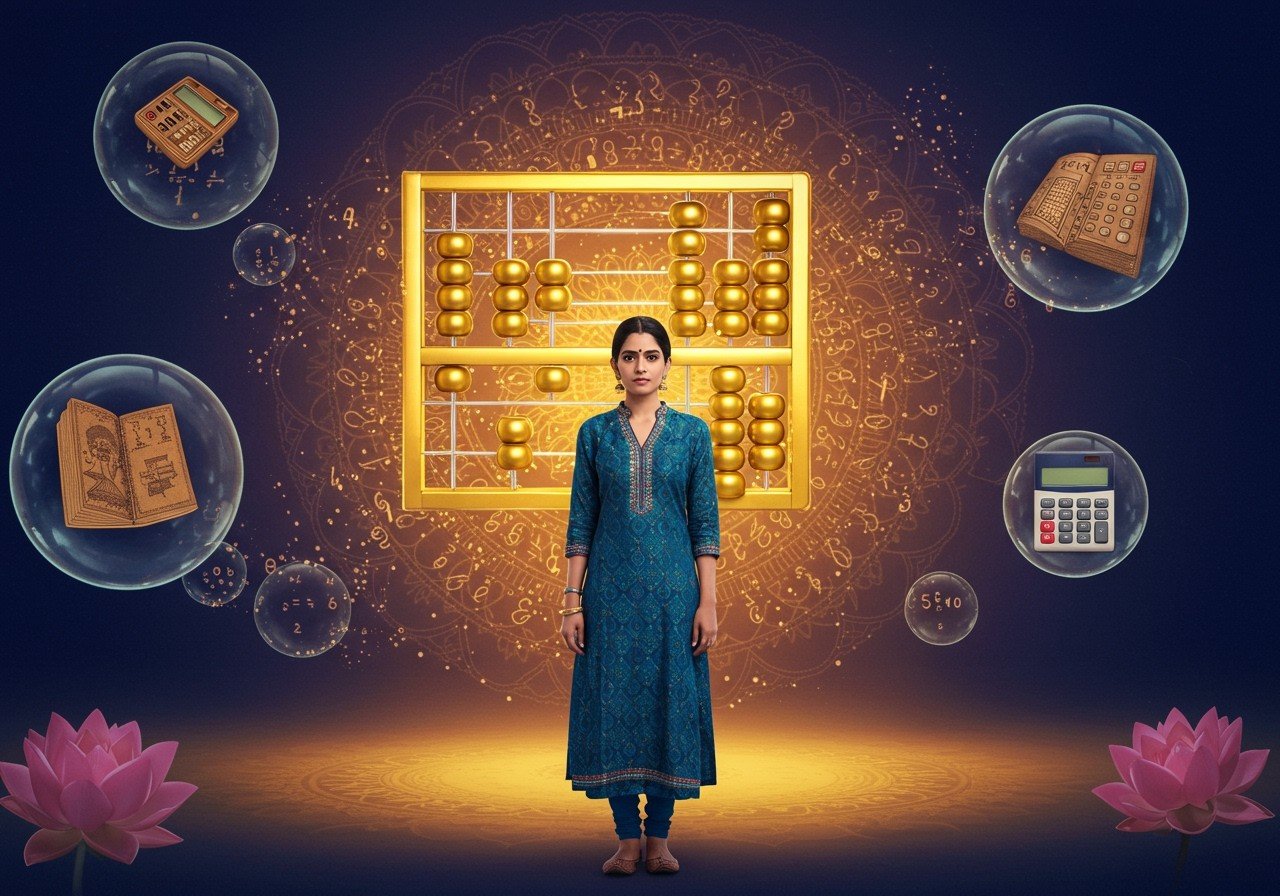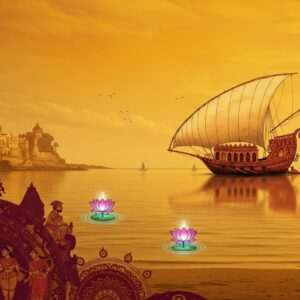
The Indian numbering system, a cornerstone of cultural and financial practices in the region, possesses a distinct charm. It’s a system woven into daily conversations, market transactions, and even festive celebrations. Unlike Western conventions with millions and billions, the Indian system employs terms like ‘lakh’ and ‘crore,’ adding a layer of cultural significance to numerical expressions. This system isn’t merely about counting; it’s an embodiment of tradition and practicality.
Which Countries Embrace the Indian Numbering System?
The Indian numbering system enjoys widespread use across several South Asian nations. India, Pakistan, Bangladesh, Nepal, and Sri Lanka are among the countries where ‘lakhs’ and ‘crores’ roll off tongues with ease. This shared numerical language reflects historical ties and cultural exchanges, further solidified during the British colonial period. The Indian diaspora, spread across the globe, also keeps this tradition alive, making it a familiar echo in communities far from their ancestral homes. It’s a testament to the system’s enduring relevance and cultural significance.
Why Does the Indian Numbering System Stand Apart?
The Indian numbering system’s uniqueness lies in its nomenclature for large numbers. One hundred thousand (100,000) transforms into a ‘lakh,’ while ten million (10,000,000) takes on the moniker of a ‘crore.’ These terms, deeply ingrained in financial discussions, statistical reports, and even everyday conversations, offer a compact way to express substantial figures. Unlike the international system that counts in groups of three powers of ten (million, billion, etc.), the Indian system groups numbers every second power of ten after 10,000, resulting in terms like lakh (105) and crore (107). This reflects not just mathematical logic, but also the rich linguistic diversity of India, with regional variations adding further nuances.
Tracing the Roots of the Indian Numbering System
The origins of the Indian numbering system wind back through centuries, reaching ancient mathematicians like Aryabhata and Brahmagupta. Ancient texts such as the Vedas and the use of Brahmi numerals provided the foundation upon which this system was built. The Hindu-Arabic numeral system, with its roots in India, significantly influenced the development of mathematics globally. Historical events, including the Mughal era and British rule, further shaped its evolution and standardization, leading to the system we know today.
Practical Applications in the Modern World
The Indian numbering system remains remarkably relevant in contemporary life. Its practical applications are evident in various sectors, from finance and economics to media and education. It’s a vital tool in budgeting, accounting, and navigating the complexities of stock markets. Media frequently employs lakhs and crores in reporting, making it essential for comprehending news and financial information. Educational institutions incorporate this system into their math curricula, equipping students with the skills to navigate both local and international numerical conventions. International businesses and expatriates operating in the region need to adapt to this system for effective communication and operation.
Cultural Significance and Modern Relevance
The Indian numbering system isn’t simply a functional tool; it’s a symbol of cultural pride and identity. Numbers often carry symbolic meanings in rituals and ceremonies, further embedding them in the cultural fabric of the region. In the digital age, technology and globalization influence its usage, but the system adapts and persists, maintaining its traditional practices and linguistic heritage. It’s a testament to its ability to bridge tradition with modernity.
How Poojn.in Bridges Cultural Gaps Across Borders
Poojn.in caters to the spiritual and cultural needs of individuals across countries familiar with the Indian numbering system and beyond. We offer international shipping of authentic puja items and traditional products to nations like Bangladesh, Nepal, Sri Lanka, Pakistan, and other regions where the Indian number format is commonly used. Our website displays prices in the familiar lakh and crore format, ensuring clarity and convenience for our customers. We offer a diverse range of products, from pure cotton vastras and traditional diya sets to authentic kumkum and much more. Explore our beautiful Chand Mala accessories, perfect for adding a touch of tradition to your deity’s hands. Enhance the ambience of your puja with our premium camphor dust, meticulously selected for its purity and fragrance. Poojn.in is committed to providing high-quality products that connect you with your cultural heritage, wherever you may be.
Embracing the Legacy: The Indian Numbering System
The Indian numbering system stands as a bridge between the past and the present, intertwining tradition and modernity. It’s a unique blend of history, culture, and practicality, reflecting the rich tapestry of the region. Engaging with this system allows you to connect with a vibrant cultural legacy, enhancing your understanding of business, cultural interactions, and everyday conversations. It’s a symbol of cultural pride, a testament to the enduring power of tradition in a globalized world. Dive deeper into Indian traditions with our insightful blog post on Pancha Pratishtha and discover the significance of establishing a divine presence.
FAQs on Indian Numbering System: Countries and Usage
Which countries use the Indian Numbering System? The Indian Numbering System is primarily used in India, Pakistan, Bangladesh, Nepal, and Sri Lanka. These countries incorporate lakhs and crores in their financial transactions, statistical reporting, and daily communications.
Why is the Indian Numbering System different? The Indian Numbering System uses unique terms like lakh and crore, differing from the million and billion used in the Western system. It groups numbers in pairs after the thousands place, creating a distinct pattern.
What is the origin of the Indian Numbering System? The Indian Numbering System is rooted in ancient India, evolving from the numeral system developed by Indian mathematicians. This system significantly influenced the development of the Arabic numeral system used globally today.
How is a lakh and crore defined in the Indian Numbering System? A lakh is 100,000, and a crore is 10,000,000 (10 million). These units simplify the expression of large numbers in daily usage and official contexts.
How do you convert numbers from the Indian Numbering System to the Western system? To convert, understand that 1 lakh is 100,000 and 1 crore is 10 million. For example, 5 lakh is 500,000, and 3 crore is 30 million in the Western system.
Why does India still use its traditional numbering system? India continues to use its traditional numbering system due to its deep cultural significance and widespread familiarity. It’s embedded in various aspects of life, from commerce to official documentation.
Is the Indian Numbering System used in any official international transactions? While the Indian Numbering System is prevalent domestically, international transactions typically use the Western numbering system for consistency across different countries and cultures.


